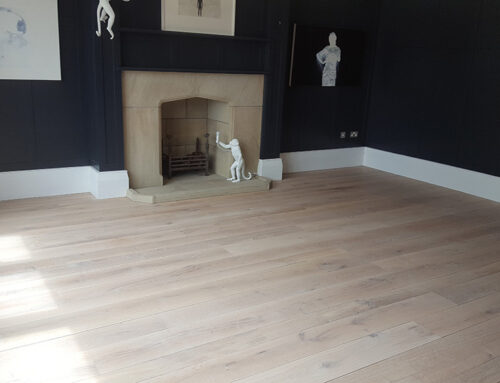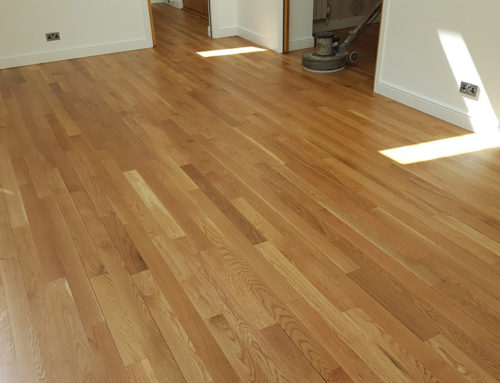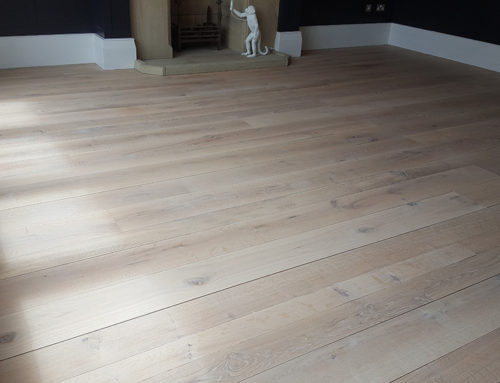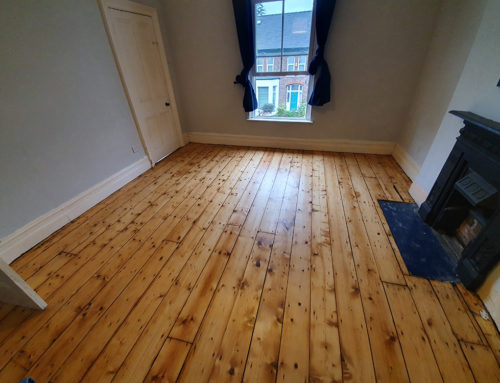 Wood in its natural state provides a beautiful flooring alternative. However, it may be that you wish to alter the colour or tone of it. Adding a wood stain to a sanded wooden floor will change the colour of the floor. It will also likely improve the grain pattern of the wooden boards.
Wood in its natural state provides a beautiful flooring alternative. However, it may be that you wish to alter the colour or tone of it. Adding a wood stain to a sanded wooden floor will change the colour of the floor. It will also likely improve the grain pattern of the wooden boards.
It is important to remember that wood is a natural product. Wood stains can therefore can provide some quirks and surprises when staining wood floors. It is therefore really important to trial the wood stain product on an inconspicuous part of your floor. This will ensure the result you achieve is one that matches your expectations.
Did you know that wood stain products are available in two different formulations? These are either water-based or oil-based products. Here’s some information you may not know:
Oil-based Wood Stains
Give you longer to work with the product. This enables you to complete the process without the concern of overlapping or brush marks in the product. For this reason, it takes longer to dry which some clients do not like.
 Water-based Wood Stains
Water-based Wood Stains
Dry faster than their oil-based counterparts. This means that the room can be returned to regular use. However, it also means that it is a more-challenging product to work with. It is important to have experience to ensure drying marks and over lapping marks are not left. However, these products offer low-odour alternative. If mistakes are made, then soap and water can be used to clean these up.
To apply wood stain, you need to ensure the entire floor is sanded. Stain can be applied in a few different ways including a brush or cloth. The longer you leave a stain left on the deeper the colour will develop. All unabsorbed stain should be completely removed with a dry cloth, working with the grain. The floor should then be finished in order to offer protection as stain colours, it does not protect.
If you would like to request a wood floor restoration quotation, please call today on 0800 852 7188 or 07714 439813.






